DIY Digital Photography for Beginners Guide
Digital photography has never been more accessible, with beginner-friendly cameras, affordable tools, and powerful editing software available at our fingertips. This guide is designed for novices eager to dive into the world of DIY photography. Whether you’re shooting with a DSLR, mirrorless camera, or even a smartphone, these tips will help you elevate your skills.
Table of Contents
- Getting Started with Digital Photography
- Understanding Photography Basics
- DIY Tips to Improve Your Photography
- Post-Processing on a Budget
- Common Mistakes and How to Avoid Them
- Top 5 Frequently Asked Questions
- Final Thoughts
- Resources
Getting Started with Digital Photography
Choosing the Right Camera
Your camera choice depends on your goals and budget.
- Smartphones: Many smartphones now offer advanced features like multiple lenses and manual mode, perfect for beginners.
- Compact Cameras: Lightweight and easy to use, these cameras are ideal for casual photography.
- DSLRs and Mirrorless Cameras: If you’re serious about learning, these offer more control over settings and higher image quality.
Essential Accessories
Here are some budget-friendly tools to kickstart your photography journey:
- Tripod: Stabilizes your camera for sharper shots.
- Lens Cleaning Kit: Keeps your lenses spotless.
- SD Card: Ensure you have enough storage for high-resolution images.
- Extra Batteries: Avoid running out of power during shoots.

Understanding Photography Basics
Exposure Triangle: ISO, Shutter Speed, Aperture
Mastering the exposure triangle is key to taking better photos.
- ISO: Controls your camera’s sensitivity to light. Lower ISO values (e.g., 100) are best for daylight, while higher values (e.g., 1600) work in low light.
- Shutter Speed: Determines how long the camera’s sensor is exposed to light. Faster speeds freeze motion, while slower speeds create motion blur.
- Aperture: Affects how much light enters the lens and influences depth of field. Lower f-numbers (e.g., f/2.8) produce a blurred background, while higher f-numbers (e.g., f/11) keep more of the image in focus.
Composition Techniques
Composition is about framing your shot for visual appeal.
- Rule of Thirds: Divide your frame into a 3×3 grid and place the subject along the lines or intersections.
- Leading Lines: Use natural lines to draw the viewer’s eye to the subject.
- Negative Space: Allow room around the subject for a clean, uncluttered look.
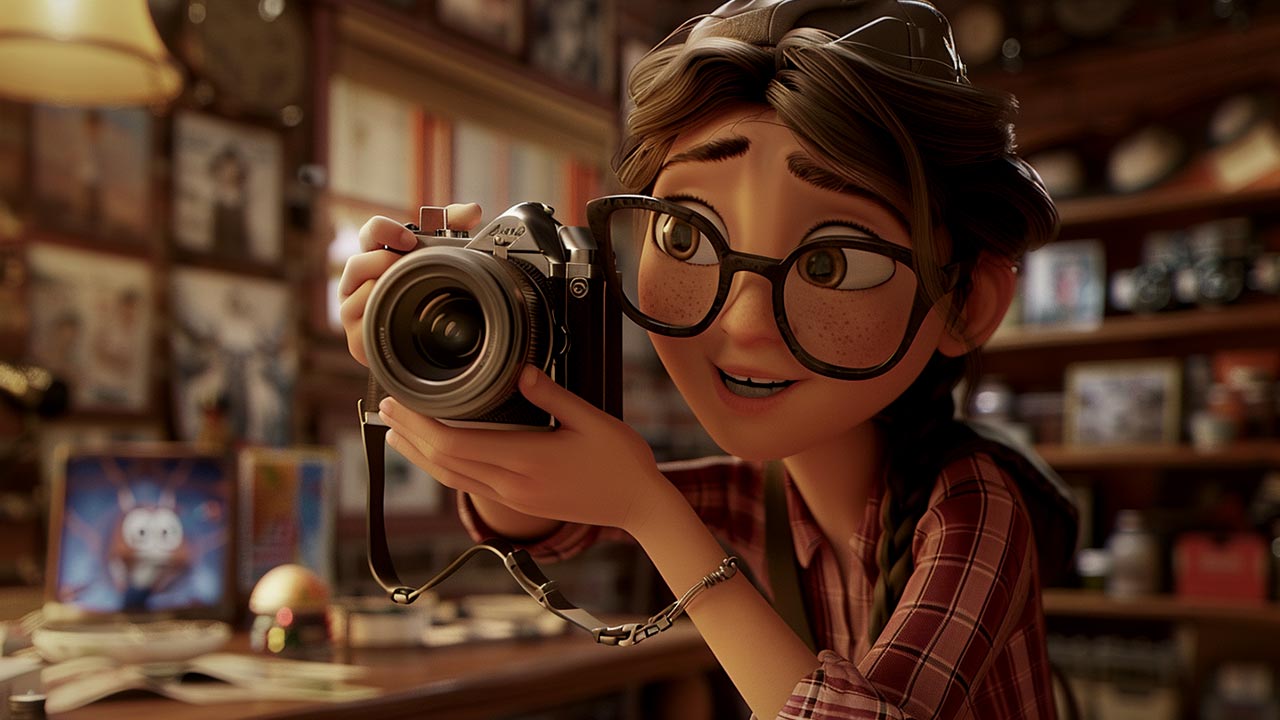
DIY Tips to Improve Your Photography
Lighting Hacks
Lighting can make or break a photo. Here are some budget-friendly ideas:
- Use Natural Light: The golden hour (shortly after sunrise or before sunset) offers soft, warm lighting.
- DIY Reflector: Use aluminum foil or a whiteboard to bounce light onto your subject.
- Create Soft Light: Diffuse harsh light with a white shower curtain or thin fabric.
Homemade Backdrops and Props
Unleash your creativity with DIY backdrops and props:
- Backdrops: Use patterned fabric, sheets, or painted cardboard for unique backgrounds.
- Props: Everyday objects like flowers, books, or even kitchen items can add character to your shots.
Post-Processing on a Budget
Free and Affordable Software Options
Editing can transform a good photo into a great one.
- GIMP: A free, open-source photo editor with advanced features.
- Canva: Great for beginners looking to enhance images with minimal effort.
- Lightroom: An affordable subscription option for professional-quality edits.
Basic Editing Techniques
- Crop and Straighten: Remove distractions and align the horizon.
- Adjust Brightness and Contrast: Enhance the overall tone of your image.
- Color Correction: Use temperature, tint, and saturation controls to fine-tune colors.
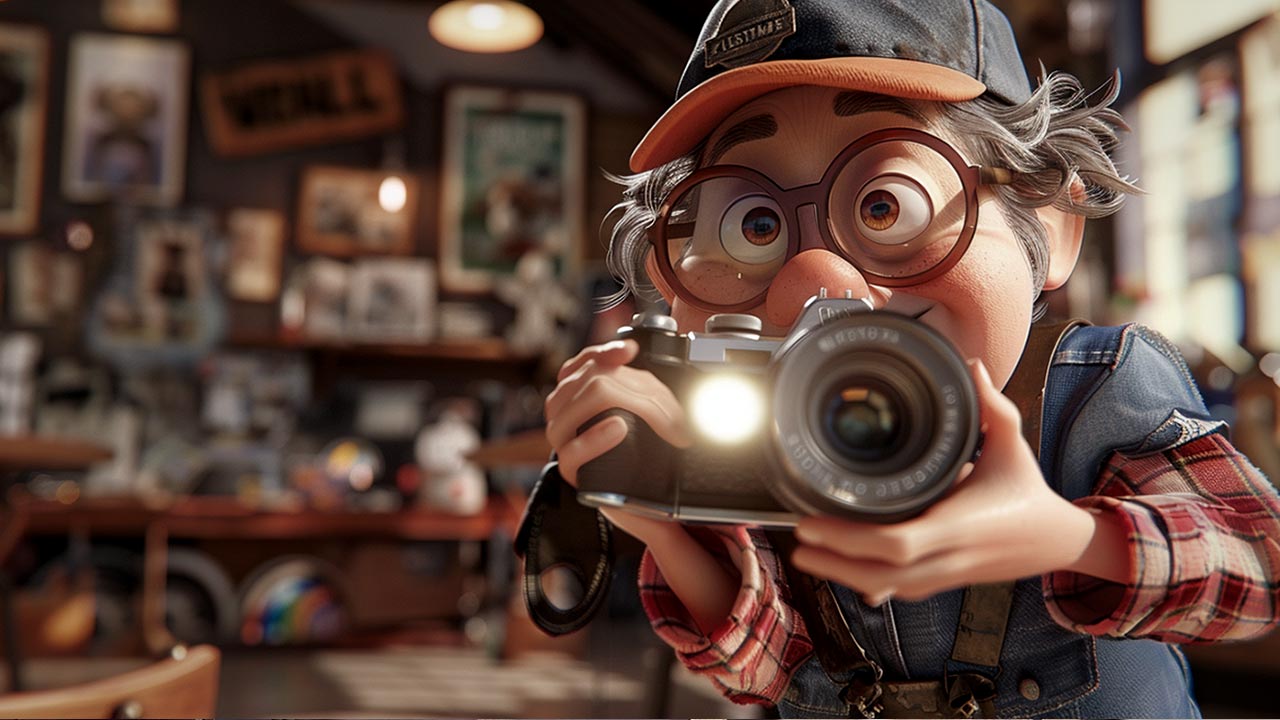
Common Mistakes and How to Avoid Them
- Overediting: Keep edits subtle for a natural look.
- Ignoring Focus: Always check that your subject is sharp.
- Shooting Without a Plan: Plan your composition, lighting, and subject in advance.
- Relying on Auto Mode: Experiment with manual settings to unlock your camera’s full potential.
Top 5 Frequently Asked Questions
Final Thoughts
Photography is as much about creativity as it is about technical knowledge. Start with the basics, experiment with DIY techniques, and grow your skills with practice. Remember, the best camera is the one you have with you, and great photography is about capturing moments that matter to you.

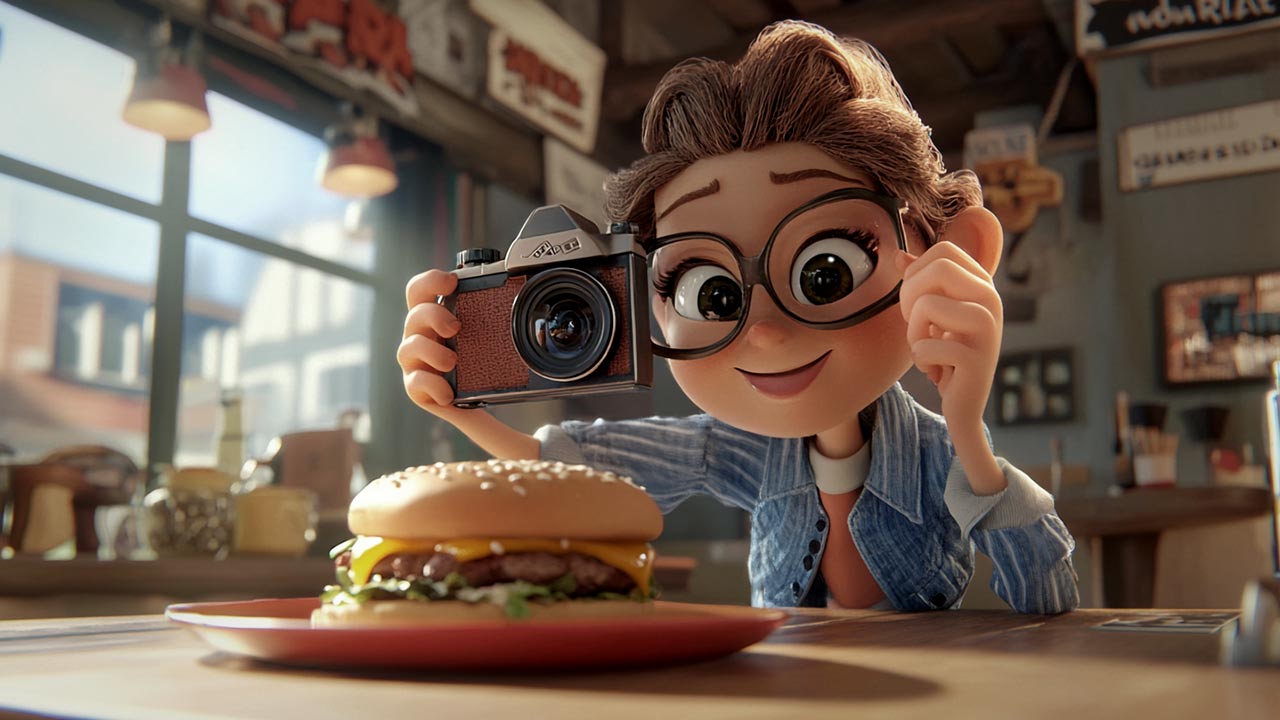
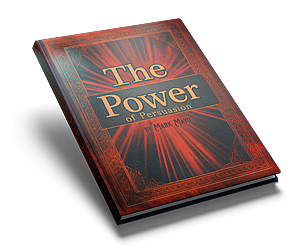
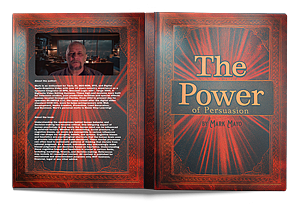
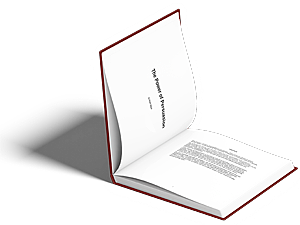


Leave A Comment